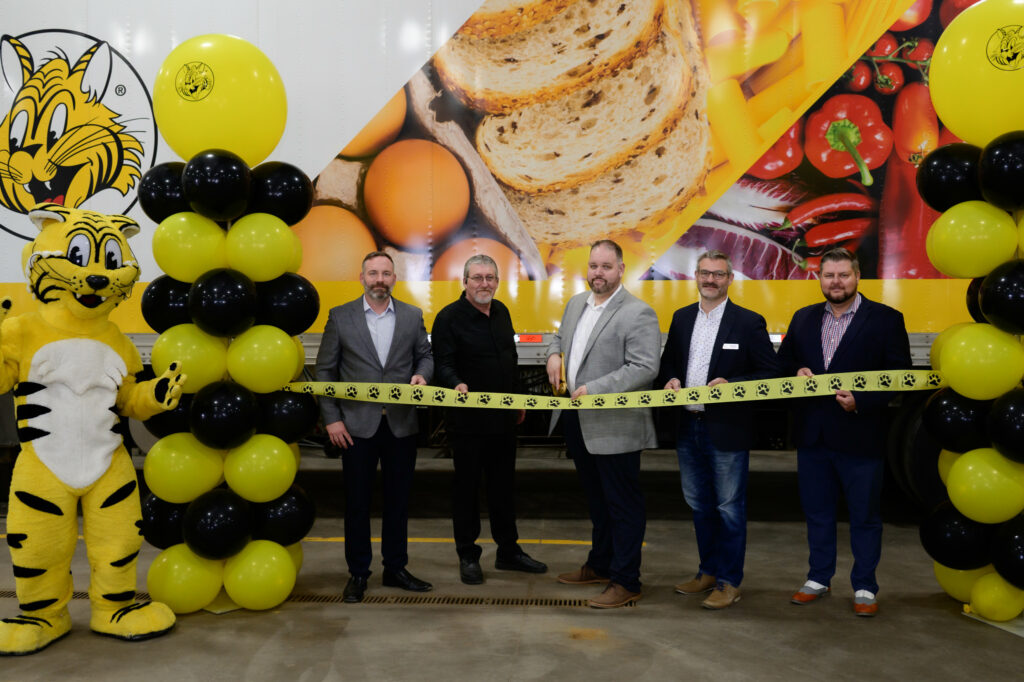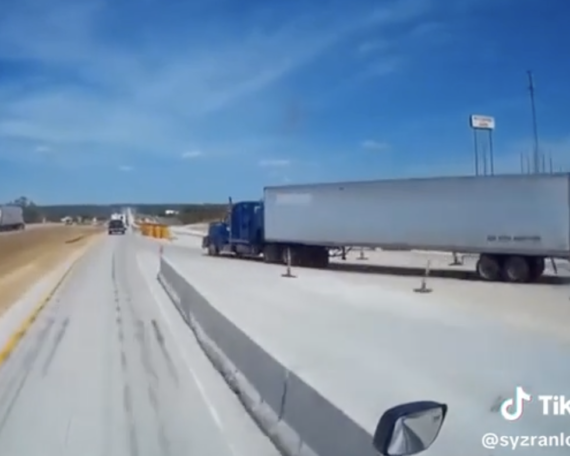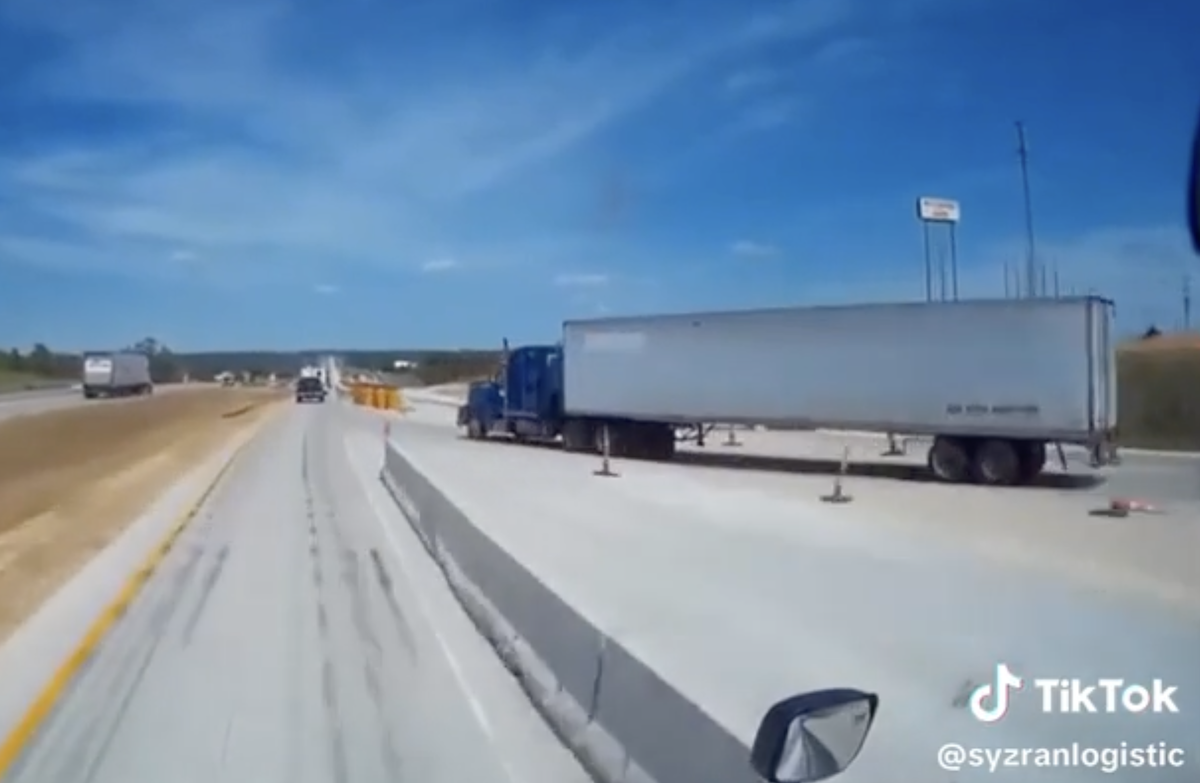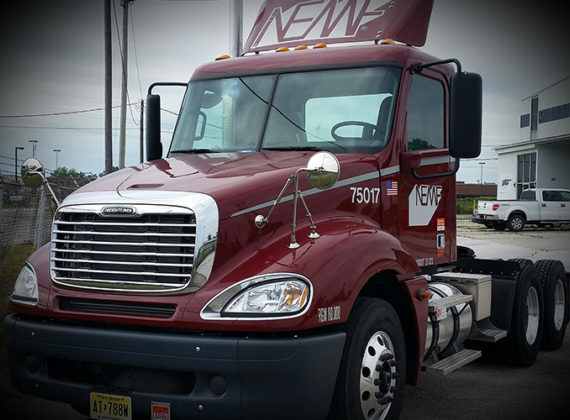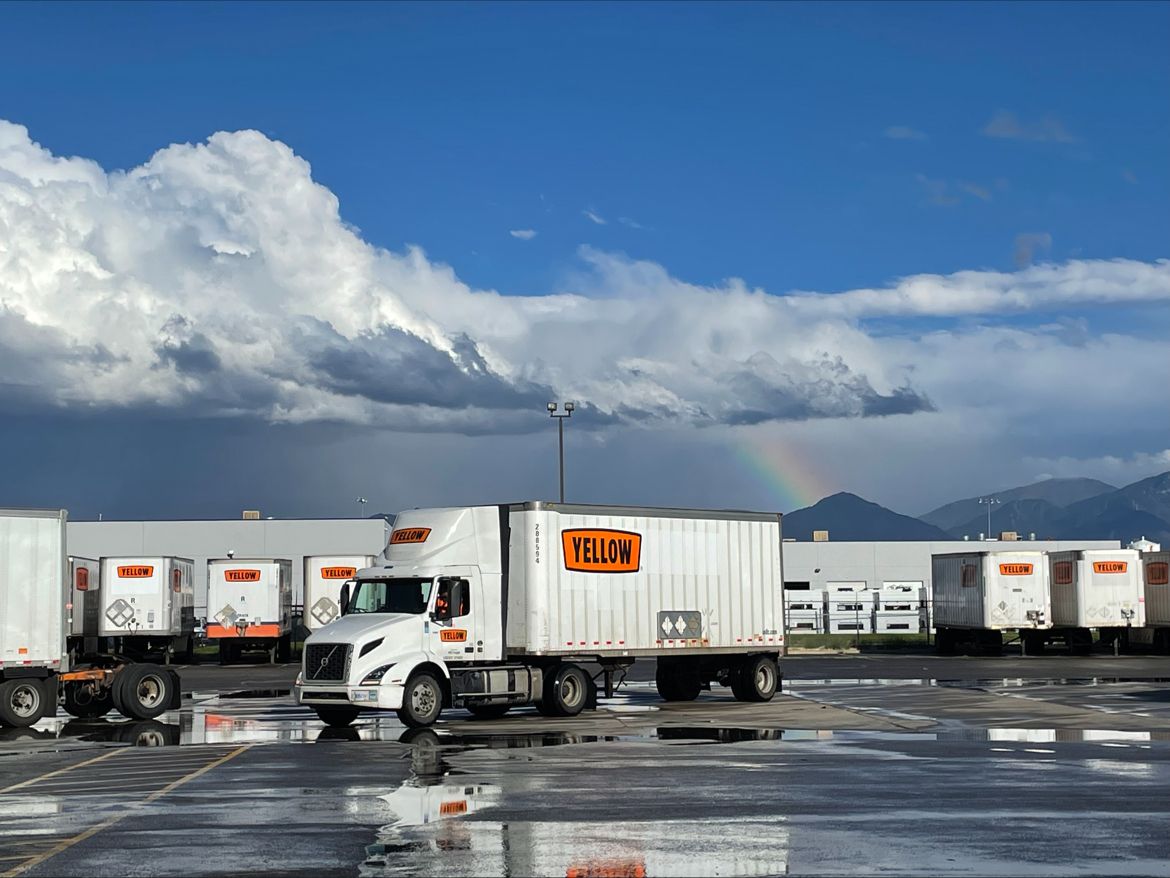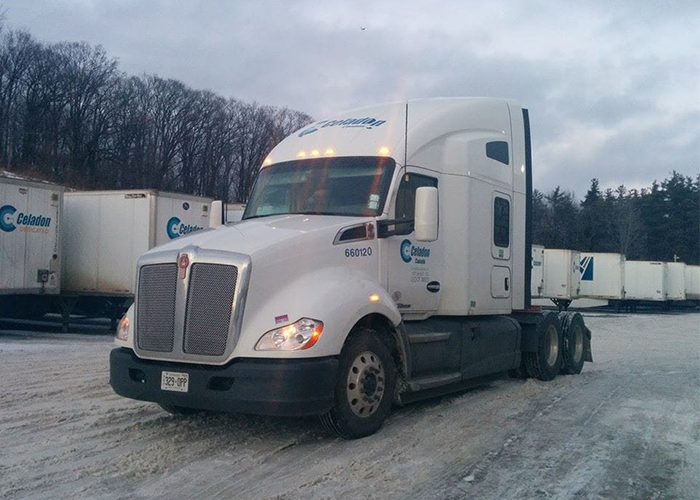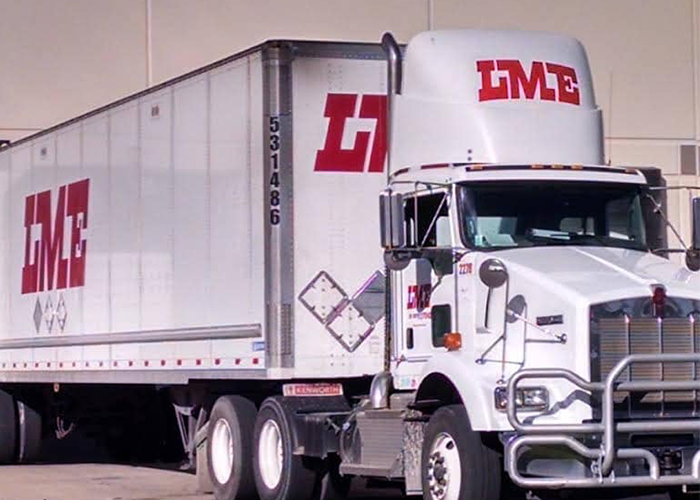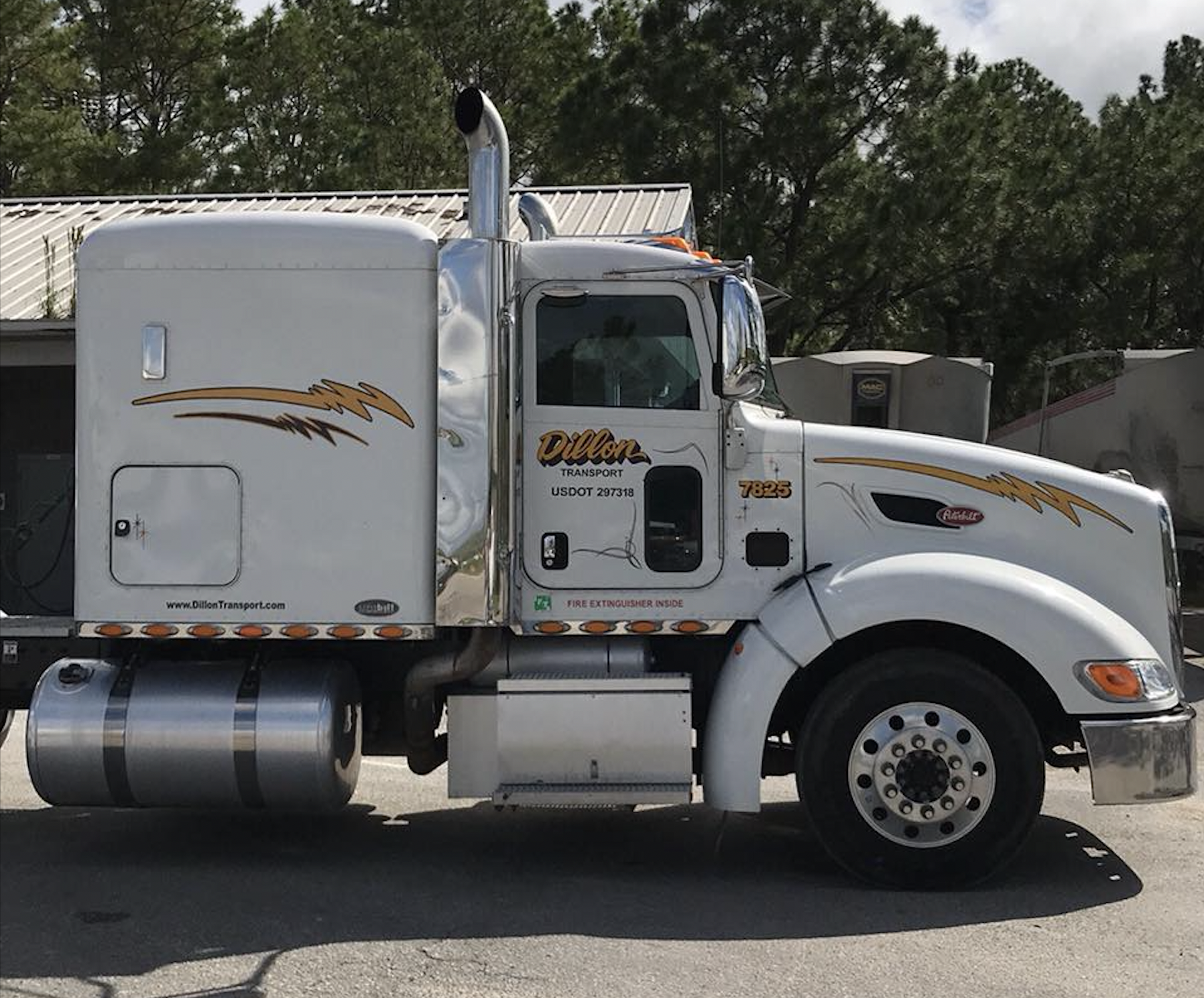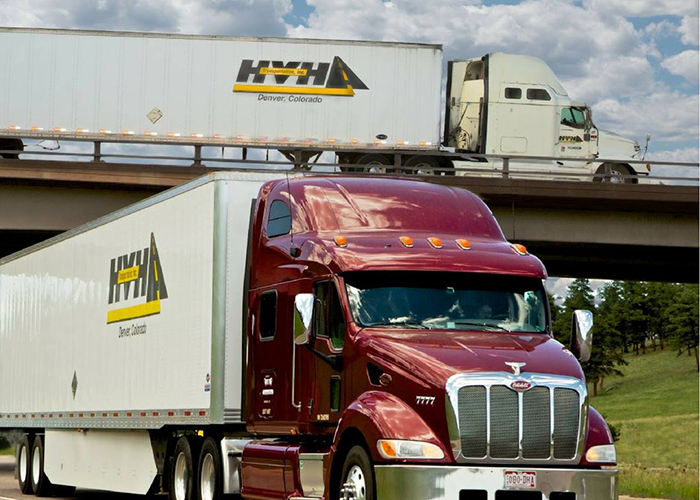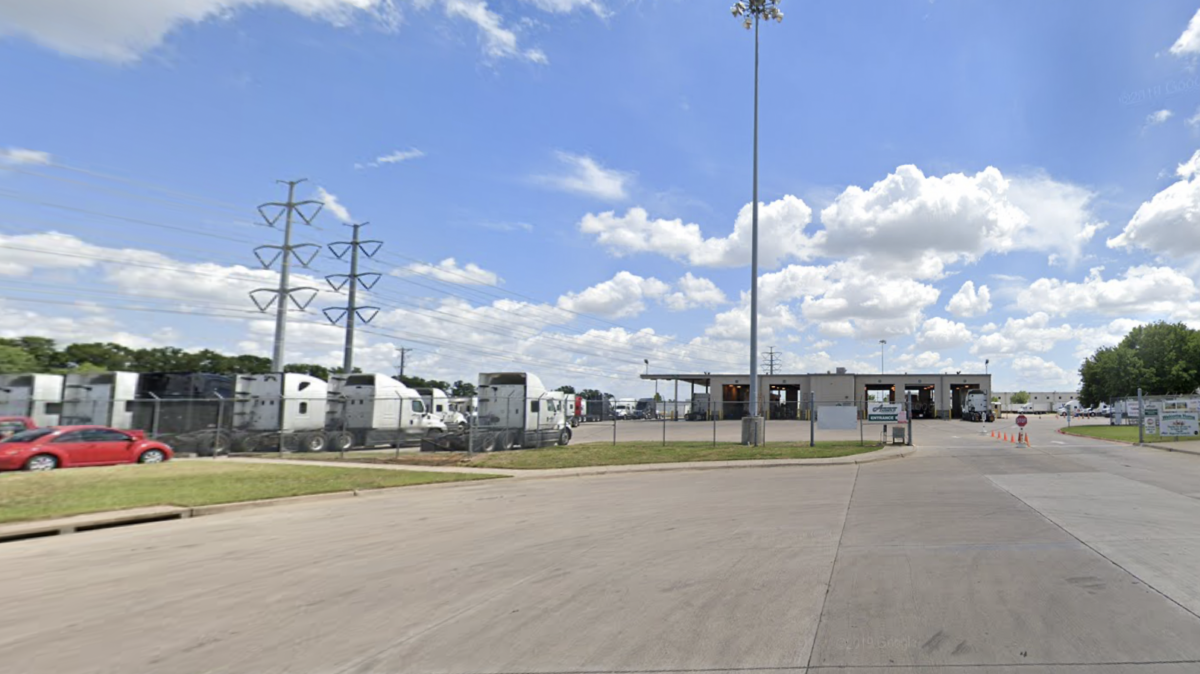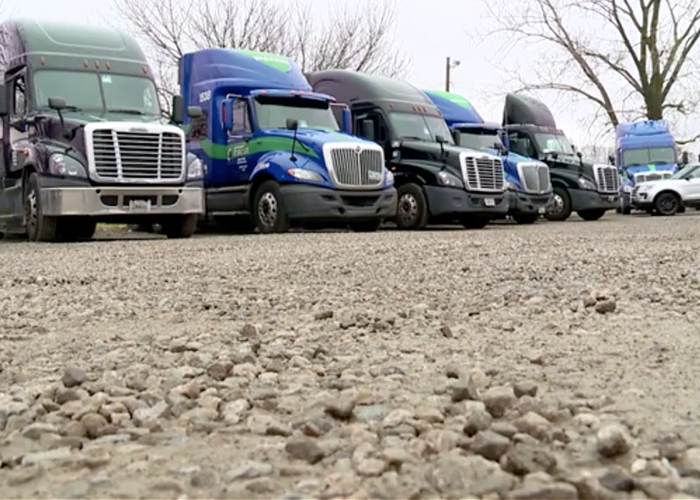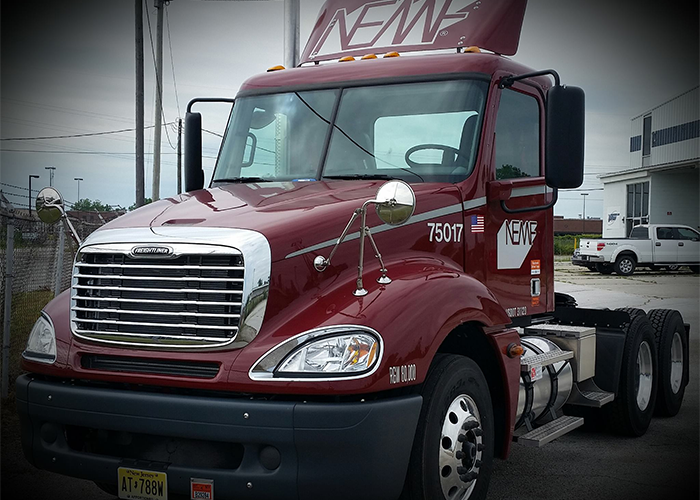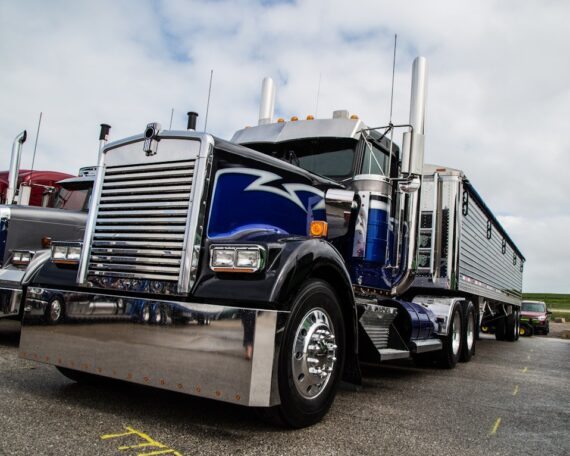According to a Bloomberg and Truckstop survey of owner-operators and small fleets, carriers say the truckload spot market has improved in the first quarter of the year, but some concerns remain.
“The industry is emerging from a challenging quarter, and the improved sentiment coupled with Truckstop’s rising Market Demand Index suggest rates may move higher from here,” said Lee Klaskow, senior freight transportation and logistics analyst at Business Intelligence.
Despite 62% of carriers reporting lower freight volume in the first three months of the year, 33% estimate that freight demand will increase in the next three to six months. Only 19% predict freight demand to decline in the same timeframe.
Publicly traded carriers in their first quarter earnings reports indicated challenges on profitability, with numerous pointing to low rates, weak volume and extreme winter weather.
[Related: Fleets’ earnings reveal market keeps getting weaker]
However, despite market challenges, some carriers such as J.B. Hunt are optimistic, with the company prioritizing expanding its intermodal business and making investments in people and technology. In an earnings call, President Shelly Simpson said, “One thing we know for sure, markets ultimately return to some balance after overcorrecting on one side or the other. We continue to view the market as out of balance and customers have been – and are – taking advantage.”
Mark Rourke, President and CEO of Schneider National, is hopeful, too. “We did recognize some signs of progress in market dynamics and in our commercial efforts, and performance of all segments improved through the quarter,” he said. Similar to other carriers, Rourke noted how the fleet is focused on controlling cost and is optimistic on progress in the second half of the year.
Truckstop’s survey noted encouraging signs the market may be starting to improve. It revealed that a majority of carriers in the spot market believe that better times are around the corner, with Truckstop’s Market Demand Index up 9% in Q1 from last year, the first year-over-year gain after seven quarterly declines. Only 26% expect rates to decline over the next three to six months, while 28% see rates increasing.
In contrast, FTR’s forecast in May during its State of Freight webinar noted that rates would generally begin steadily rising year-over-year by Q3. “The forecast for this year is that spot rates, overall, will be up about a percent,” said Avery Vise, FTR’s vice president of trucking. Rates for dry van and refrigerated will be up a little bit stronger than that.
“Although rates do look to start improving in absolute terms by the end of the year, we are forecasting that for all of 2024, they will be down about 2%,” Vise said.
“The direction of rates will be driven by supply-side factors as the industry remains flush with capacity,” Klaskow pointed out.
Additionally, 78% of polled motor carriers indicated that higher interest rates in the first quarter of the year had an impact on their businesses. As elevated rates can significantly affect equipment-financing expenses, 19% identified increased costs as the primary reason for not replacing or adding tractors.
Although demand was challenging for small carriers in Q1, with loads decreasing by an average of 10%, this was a slight improvement over the 13% decline observed in fourth quarter of 2023.
Though there’s been hopeful sentiments, 44% of respondents were uncertain about their status in six months, and 9% expressed a desire to leave the trucking industry.
“We’re all eagerly anticipating a more positive shift in the tide,” said Kendra Tucker, chief executive officer of Truckstop.
